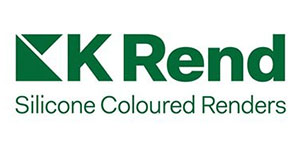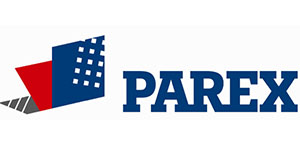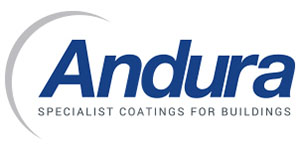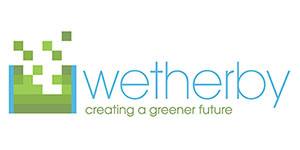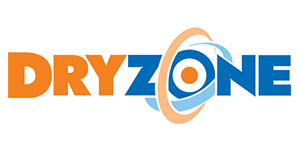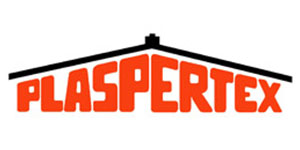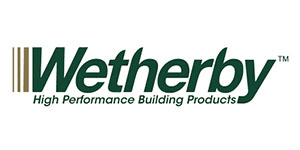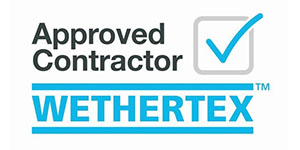What is Rendering? What is Render?
Rendering is the application of render and this is normally applied to the external façade of a building although rendering is sometimes done internally prior to plastering. Rendering can also be likened to plastering but for the exterior of a building.
These days render is available in many forms and we will go through some of the main render types below:
Lime Render
Lime Render contains Natural Hydraulic Lime and so is often referred to as Natural Hydraulic Lime Render. This is the oldest form of render and has been used for centuries and hence this form of rendering is most commonly found today on conservation projects and listed buildings. Lime render is very breathable and flexible and chopped hair is commonly used to help reinforce the render. Cement render started to become very popular in the early 19th century so Lime render is now relatively rare and there are now few specialists who work with this material.
Sand and Cement Render
This is by far the most common form of render found on buildings today. The render is a simple mix of sand, cement and water and is usually applied in two layers, a scratch coat and a finishing or top coat. The scratch coat is normally applied in the ratio of 4 parts sand to one part cement and waterproofer/plasticiser can be added also. The top coat is applied a day or two after the scratch coat and a typical mix would be 5 parts sand to one part cement. One part hydrated Lime can also be added and this helps to improve the flexibility of the render. As sand and cement render is a not particularly attractive brown colour, paint is normally applied to provide an attractive decorative colour. Variations of sand and cement render would include Spar Dash, Pebbledash and Roughcast. For spar dash and pebbledash a standard scratch coat would be applied but when the finishing coat is applied and is still wet, stones are attached to the surface (normally by flicking). Roughcast render has the stones incorporated into the mix as opposed to just being flicked on to the top coat.
Monocouche and Through Colour Renders
Monocouche is a French word which roughly translates to “one coat”. Whereas sand and cement require two coats, a scratch coat and top coat, monocouche renders can often be applied in one single coat (although manufacturers sometimes recommend an initial bonding coat for some substrates). This single coat application can drastically reduce installation times especially on large projects where the contractor is machine applying the render. The other main feature of Monocouche renders is that painting to decorate is not required. The render is delivered to site in the clients chosen colour (many colours are available) so the render itself is coloured. This avoids the regular (and often expensive) maintenance cycles associated with painting sand and cement render. Market leading manufacturers of monocouche renders are Weber and K Rend.
Thin Coat Acrylic and Silicone Renders
These renders are much thinner than other renders although a thicker base coat will be applied prior to the acrylic or silicone render. These systems are available in a massive range of colours and a number of different textures. The particle size to give the texture can be anything in the range from 1mm to 6mm. With the high polymer base coats and with an alkali resistant mesh that is normally incorporated into the base coat, these systems are very crack resistant. Market leading manufacturers of these systems are Sto and Parex.
Exterior Wall Insulating Render
Insulating render systems involve attaching polystyrene or phenolic insulation boards to the exterior walls of a property with the intention of upgrading the thermal insulation of a property. These systems are particularly advantageous on properties with no cavity walls or on properties with a cavity wall but not suitable for cavity wall insulation. An Acrylic on Silicone Render is normally used for the external finish as these are thinner than other render types and are therefore lightweight which is an ideal characteristic for this situation. This form of exterior rendering tends to be the most expensive due to the materials used and the application process is a bit more complex than some other forms of rendering. Example manufacturers of Insulating Render systems would include Sto and Wetherby.


